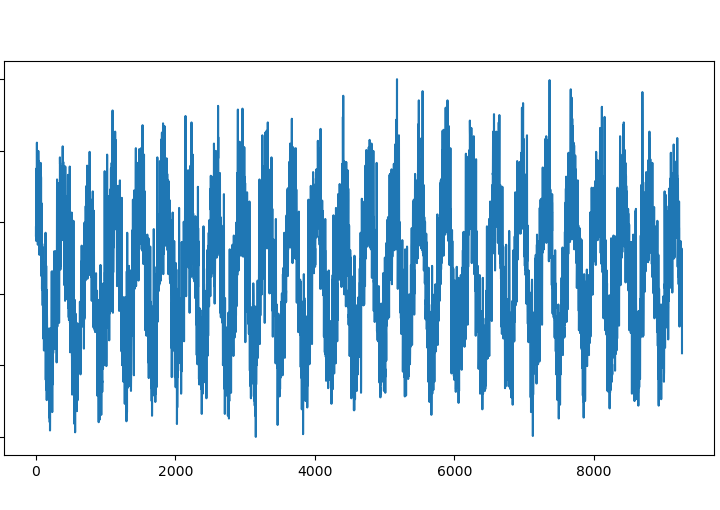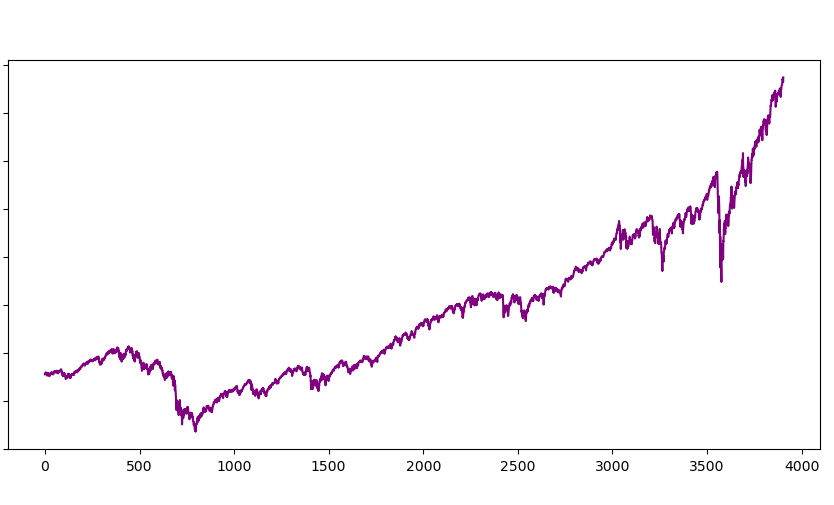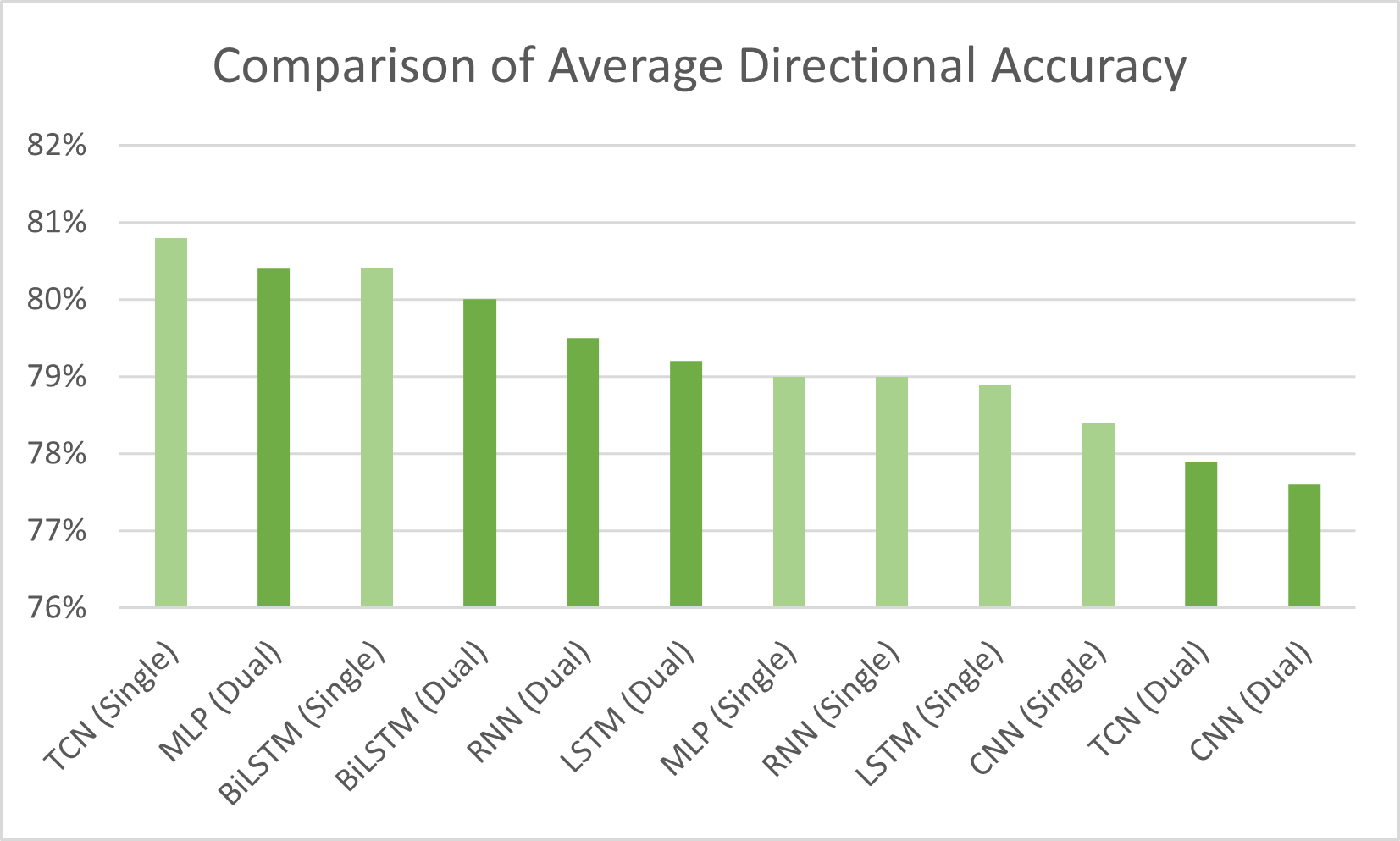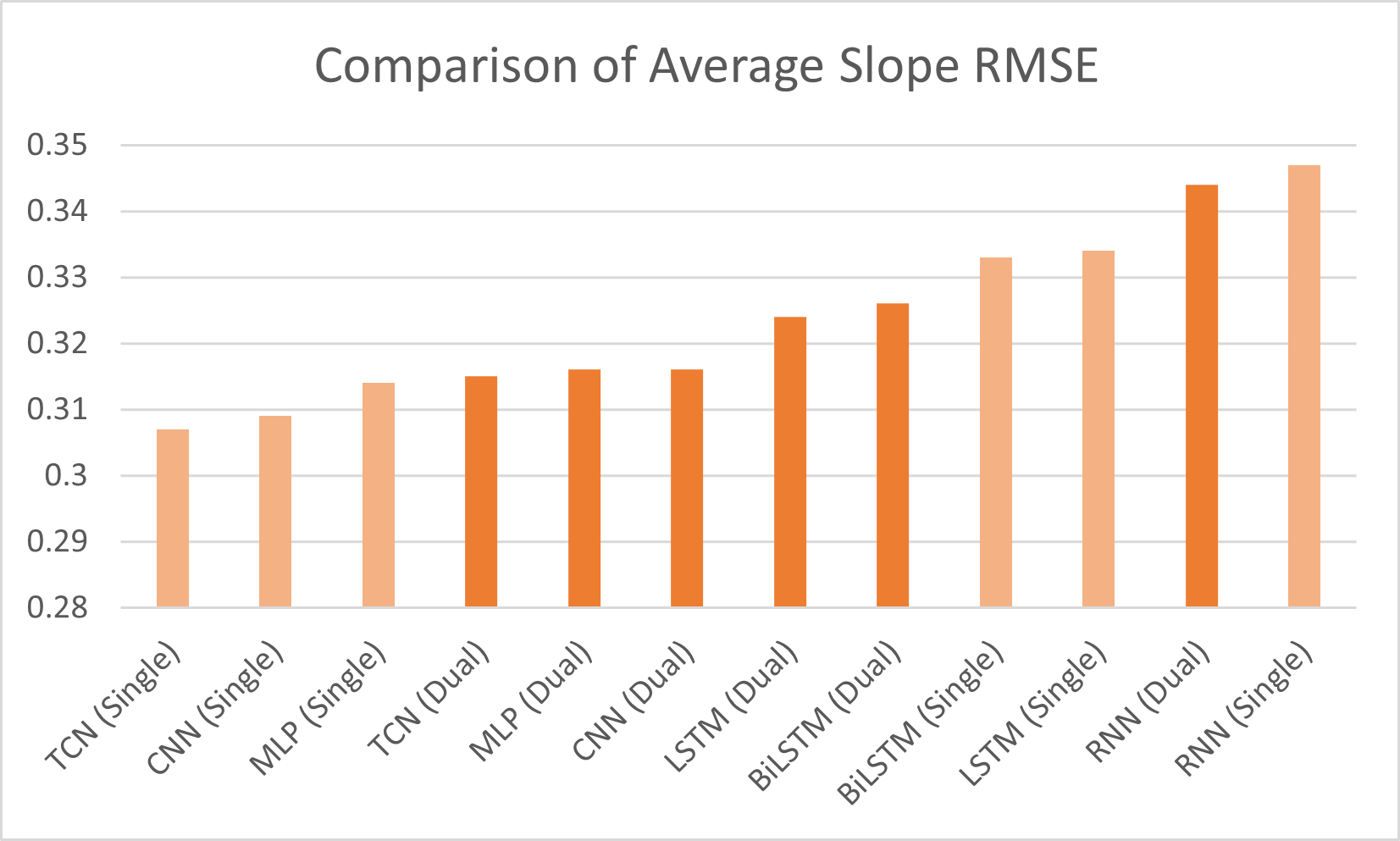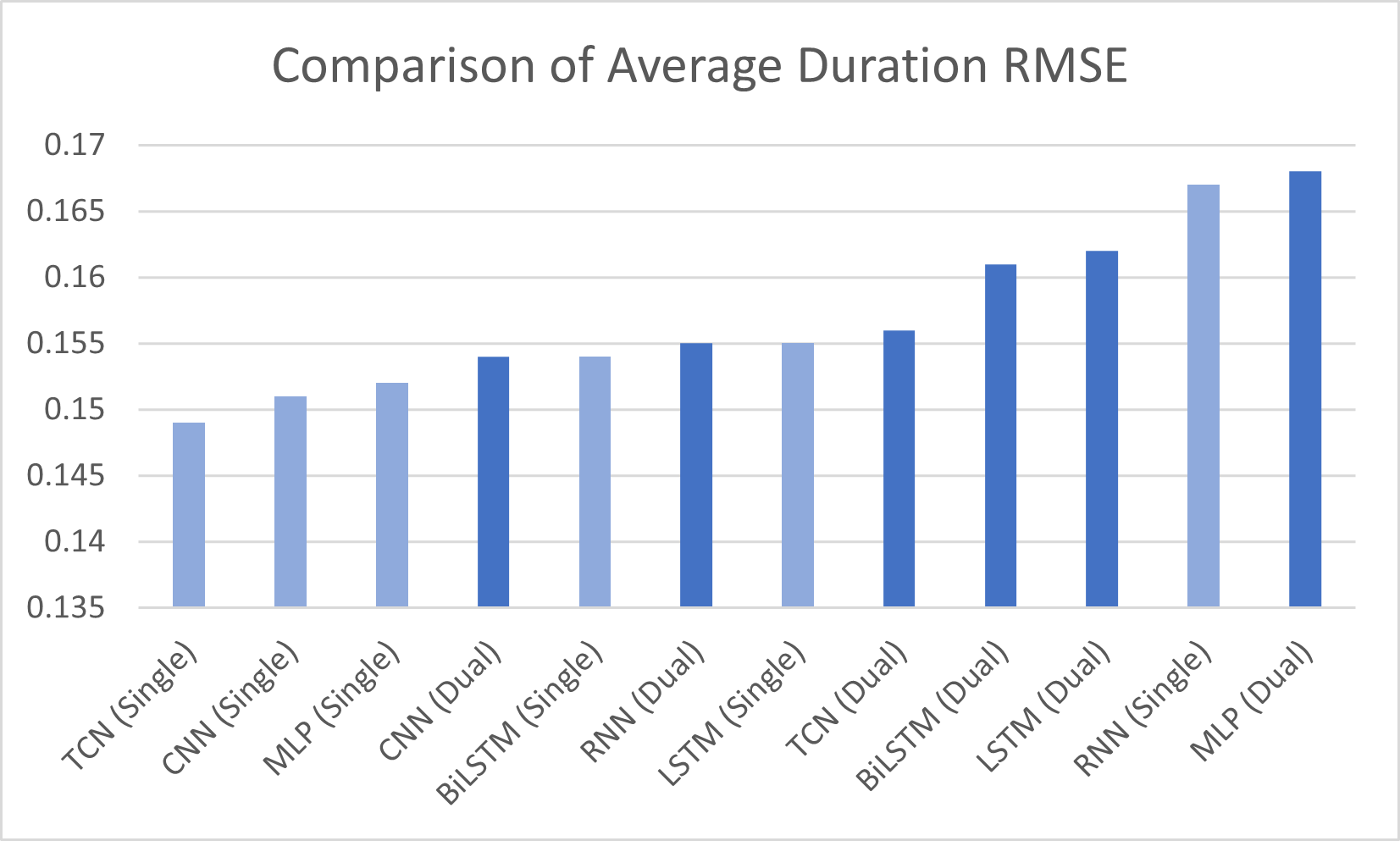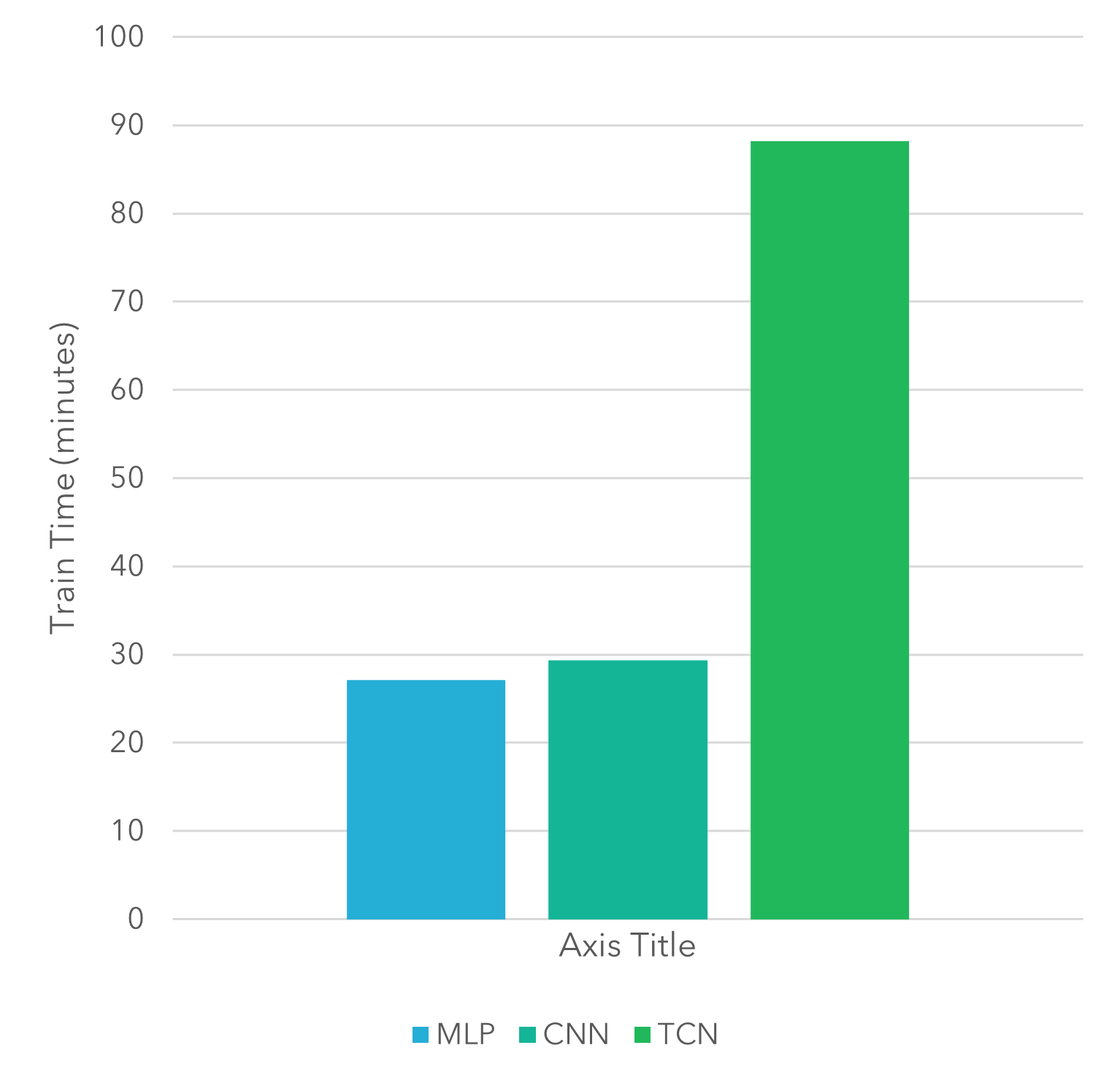
A Comparison of Modern Deep Learning Methods For Time-Series Trend Prediction
TCN, BiLSTM, LSTM, CNN, RNN, MLP
Talk to us
No meetings are currently scheduled.
In this study TCNs and Bi-LSTMS were compared to MLPs, RNNs, CNNs and LSTM networks on their ability to predict trends in time series data using only a sequence of historical trends. Three datasets were used for the study: daily Cape Town air temperatures, daily S&P500 closing prices, and a household voltage dataset. Two experiments were run: the first was to use the traditional approach of training a model to predict both components of a trend simultaneously, and the second was to train independent models to predict trend slope and trend duration separately. The best performance was measured when using a TCN with a single prediction approach - though all DNNs performed well on the problem (each DNN was able to predict S&P 500 trends with above 84% directional accuracy). Across all DNNs, there was a slight performance improvement when using the proposed single prediction approach.
Videos
Images

